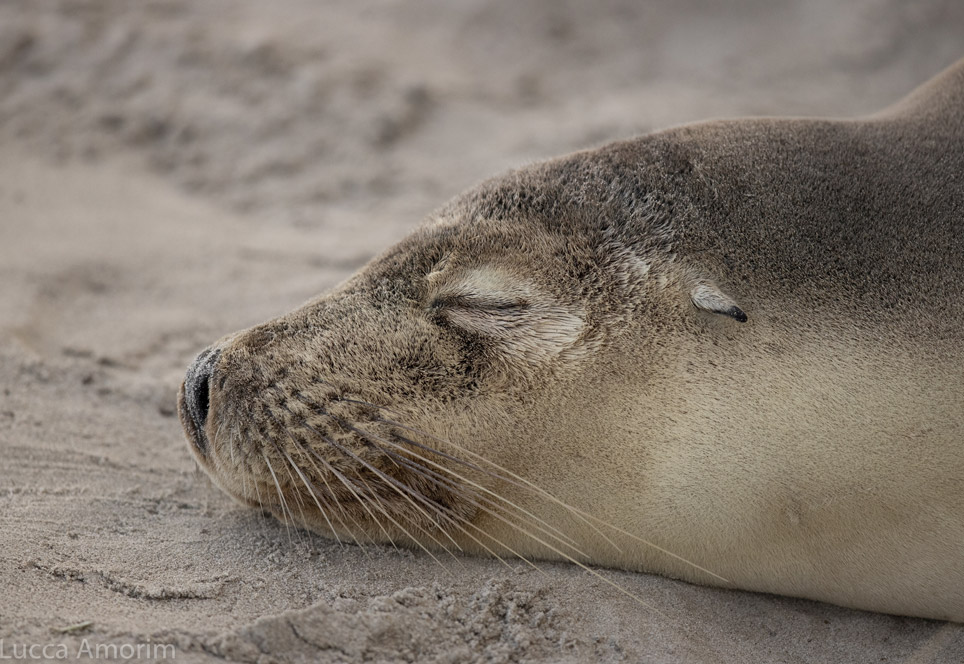Conservation and Protection of Key Australian Species
Introduction
As the world evolves and changes, key species sometimes suffer the constant exploration of humanity in nature. While we build cities and create products that benefit people, we forget that our planet is inhabited by wondrous creatures that roam and inhabit the seas, the forests, the plains, and the deserts. However, fortunately, there are still some places which remain as a haven for animals that face a threat and need protection. Kangaroo Island, SA, is such a place. Many animals that have faced poaching and population decrease are now part of a large conservation plan which helps them reproduce and thrive within the Island. To demonstrate how little actions and how beneficial these can be, I decided to build a project which illustrates these key thriving species and how they inhabit different areas of the Island. This is my expedition to Kangaroo Island, SA.
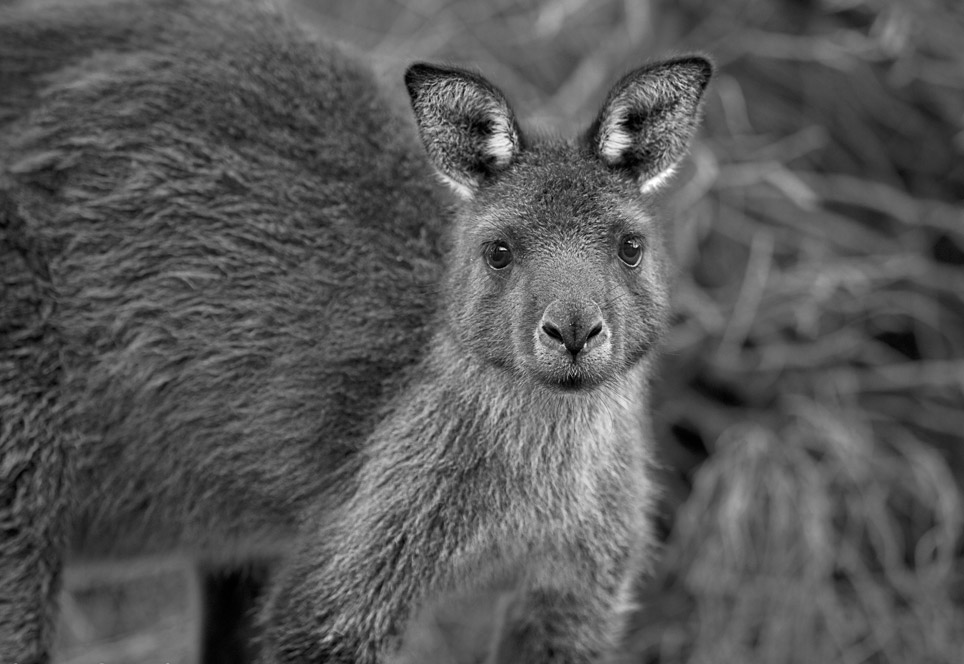
The Island
Located only 16km from the Australian mainland, it shelters a wide variety of different species that are rarely found anywhere else on the planet. Besides being home to Australian Sea-lions and New-Zealand fur-seals, it also is inhabited by over 25,000 wild koalas. The Island also shelters unique endemic species like the kangaroo Island Kangaroo and the Tammar Wallaby, which can be found nowhere else in the world.
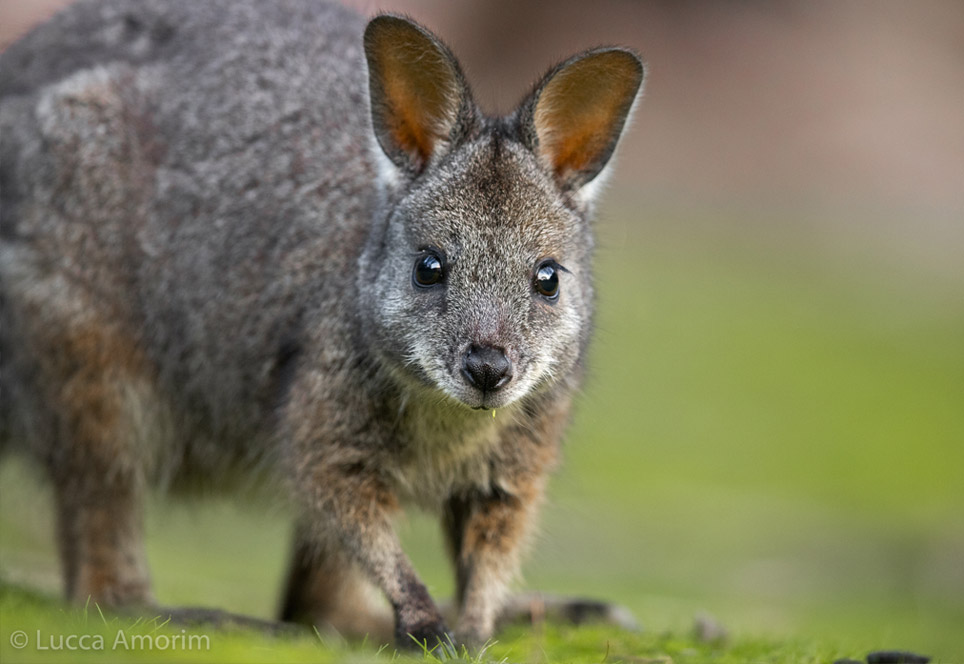
In addition to being a haven for many endangered species, the Island also has a unique and breathtaking view combined with exotic rock formations that can be seen around the whole continent.
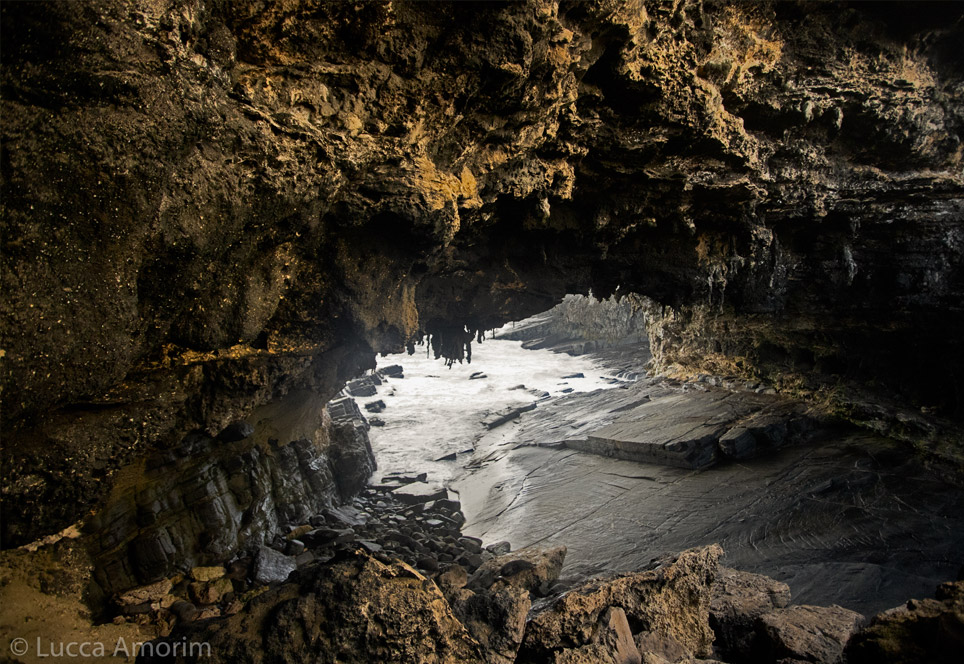
Local Conservation
One of the most prominent examples of successful conservation efforts on the Island perhaps is the seals and sea-lions that inhabit it. The Australian Sea-lion, which is listed as endangered, is currently well protected and increasing in number. These majestic sea lions suffered a large amount of poaching during the 19th century, where humans would hunt them for their blubber, which was used for oil, meat, and leather goods. Currently, this species is well protected by the Seal bay institute, which enables them to procreate and increase their population peacefully on the Island.
Another excellent example of successful efforts on the Island is the New-Zealand fur-seal. These magnificent seals were also hunted for their blubber, meat, and leather during the 19th century. This also decreased their number substantially and made them endangered. Currently, this species is also well protected among other species in the majestic Flinders Chase National Park, which is managed by the Australian Government.
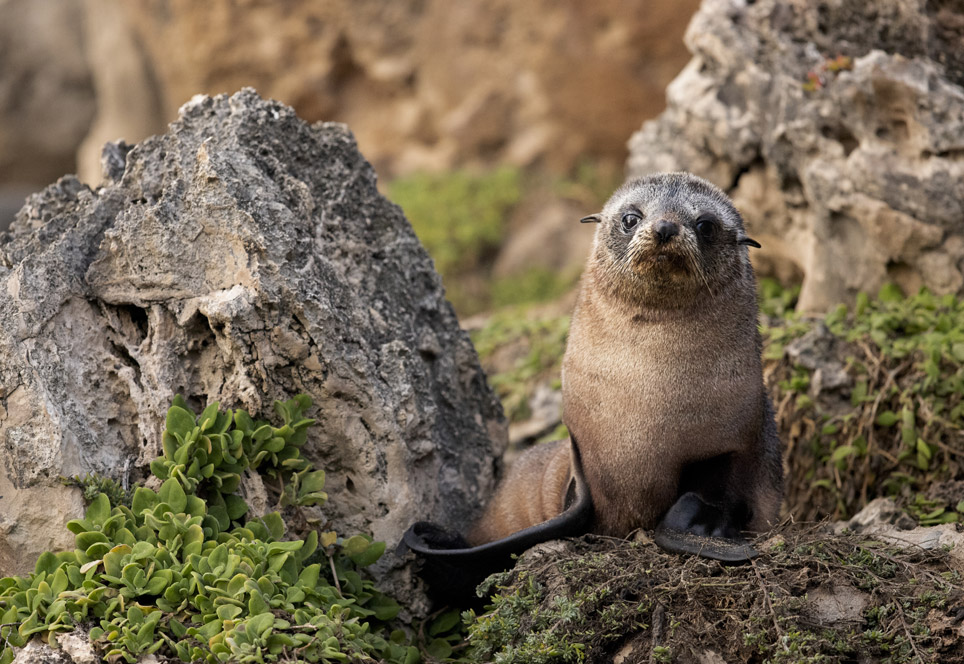
In 2010, scientists published a report that found up to 374 Australia sea lions were killed in the fishery every 18 months(1). This report also indicated that this rate of fishery-induced deaths was too high for the sea lion populations to withstand – bringing Australian sea lions closer to extinction. Also, commercial fishers were not reporting how many sea lions were killed to the AFMA, so the real cost of fishing to the species was hidden.
The essential truth is that to be a part of animal conservation, not necessarily do you have to be working in the wild. Small deeds also go a long way. A significant example of this is choosing your local fish/seafood supplier.
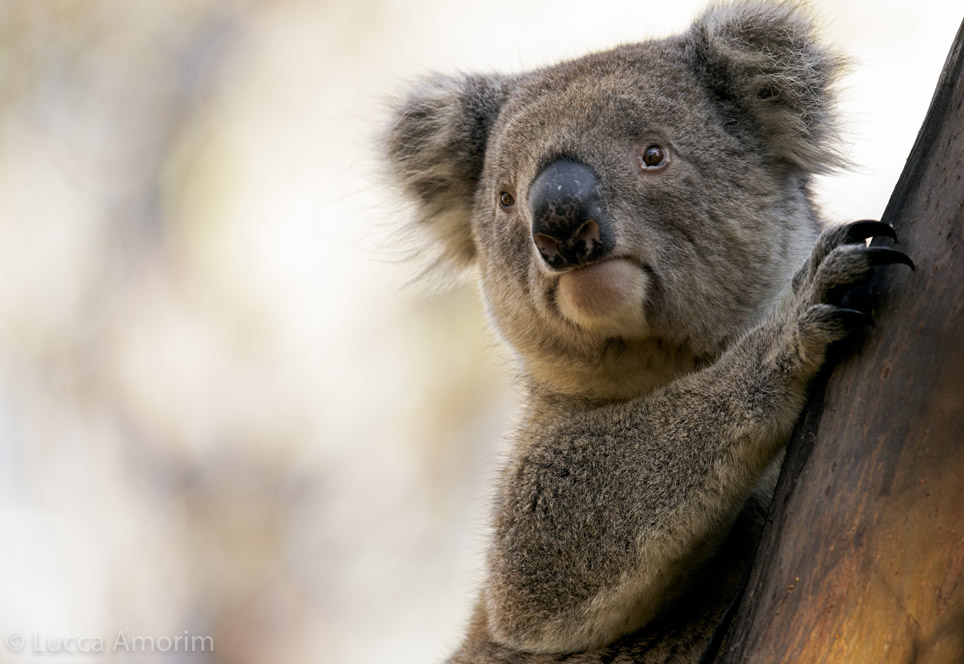
The Marine Stewardship Council (MSC) is an international non-profit organization. Their vision is for the world’s oceans to be teeming with life, and seafood supplies safeguarded for this and future generations. To do so, they brand each product that complies with sea conservation with an ecolabel, which guarantees the customer that the supplies came from a sustainable fishery.
A notorious fact, however, is that just like seals and sea-lions, many other animals around the world suffer losses from poaching. And simple actions like choosing your food supplier can also help them. After all, we only have one earth we share with amazing and majestic creatures that roam the wild. What have you done lately to protect them?
